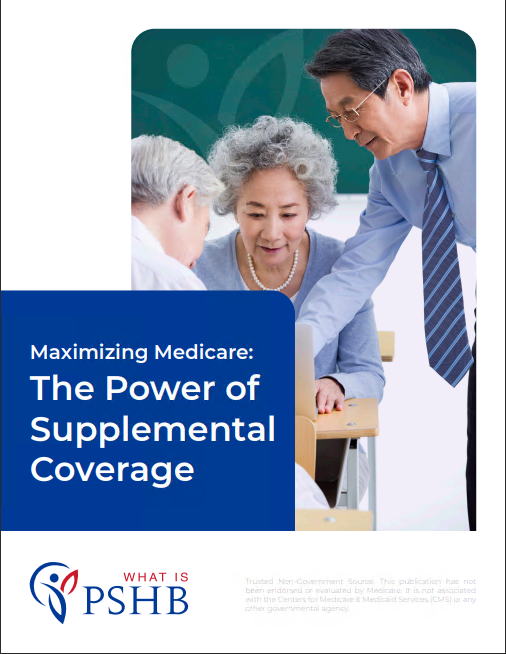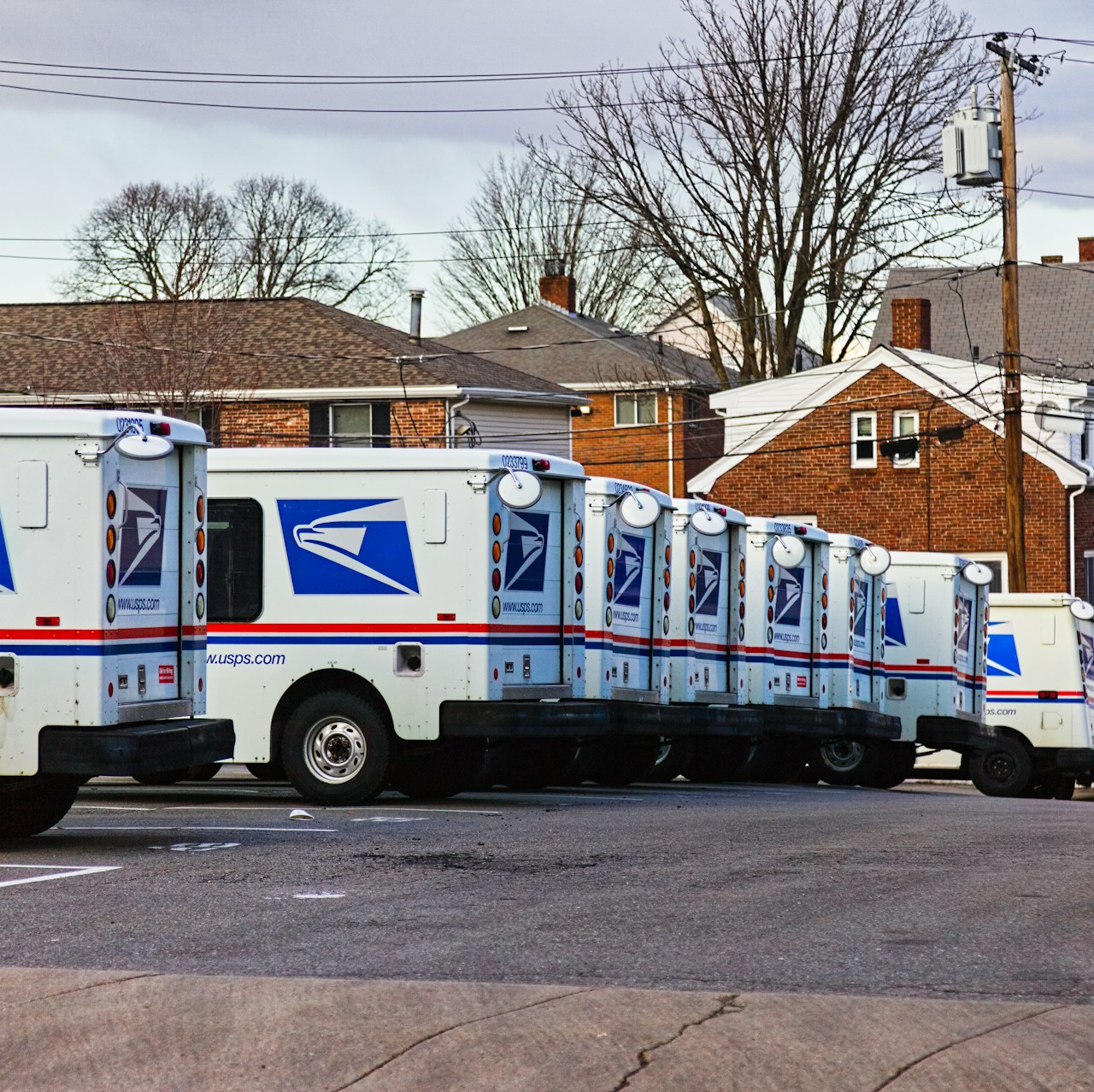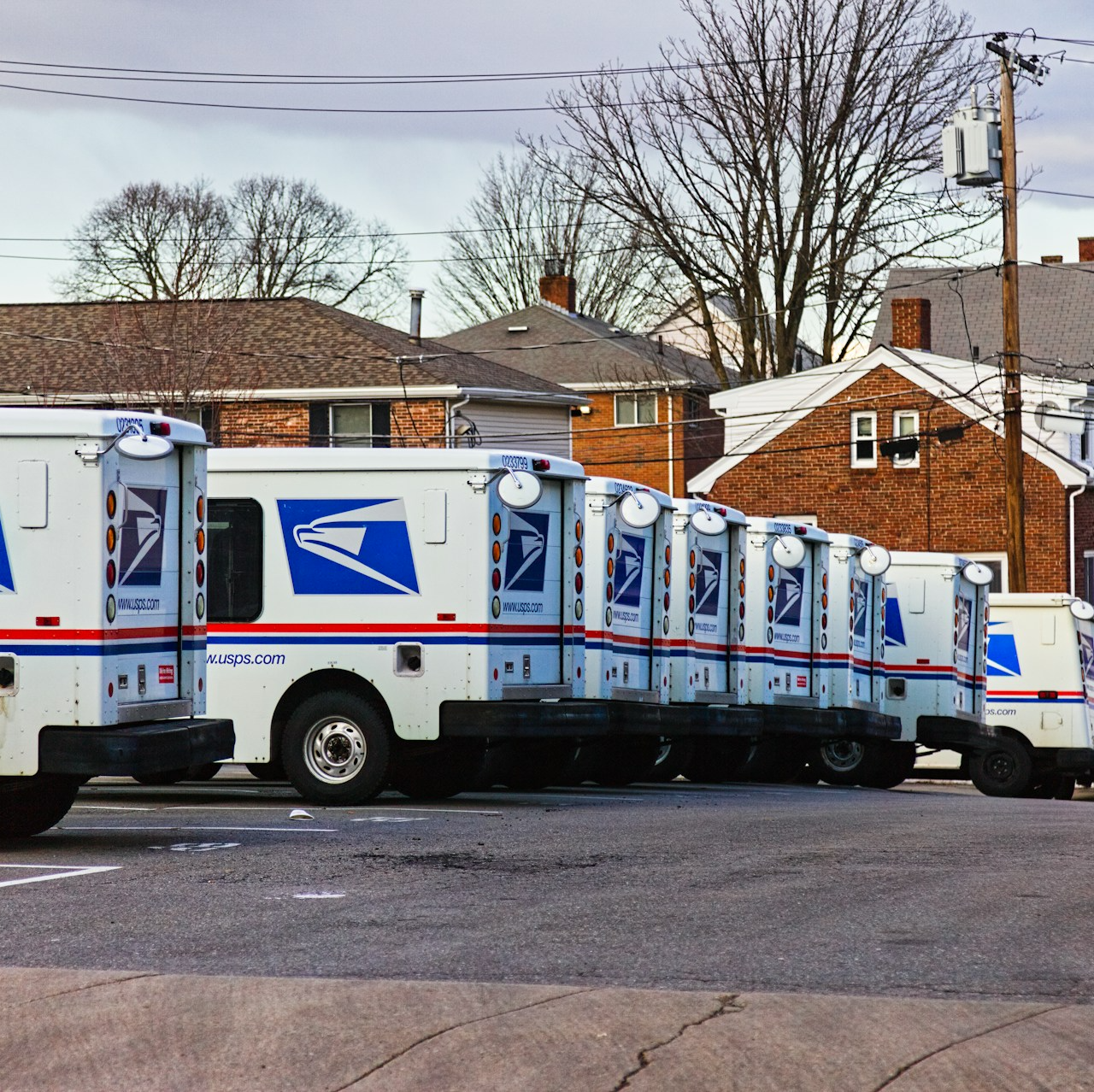Key Takeaways
- The Postal Service Health Benefits (PSHB) program, launching in 2025, will significantly change Medicare Part B enrollment for USPS employees.
- Current and retired USPS employees need to understand the new PSHB requirements to make informed decisions about their healthcare coverage.
How the New PSHB Program Will Affect Medicare Part B Enrollment for USPS Employees
The introduction of the Postal Service Health Benefits (PSHB) program in 2025 represents a significant shift in healthcare coverage for U.S. Postal Service (USPS) employees and retirees. This program, established under the Postal Service Reform Act of 2022, will specifically impact Medicare Part B enrollment, compelling certain USPS employees to enroll in Medicare Part B as part of their healthcare coverage. This article explores the nuances of the PSHB program, its implications for Medicare Part B enrollment, and the critical steps USPS employees and retirees must take to navigate these changes effectively.
The PSHB Program: A New Era in USPS Healthcare Coverage
The Postal Service Reform Act of 2022 was a landmark legislation aimed at stabilizing the financial health of the USPS while ensuring continued healthcare benefits for its workforce. One of the most notable outcomes of this Act was the creation of the PSHB program, which will become the primary healthcare plan for USPS employees and retirees starting in January 2025. This new program is designed to align more closely with the Federal Employees Health Benefits (FEHB) program while integrating Medicare benefits for eligible participants.
Under the PSHB program, USPS employees and retirees will have access to healthcare coverage similar to the existing FEHB program, but with a key distinction: the mandatory enrollment in Medicare Part B for eligible individuals. This integration of Medicare Part B is intended to reduce the USPS’s healthcare liabilities by shifting a portion of the costs to the Medicare program.
How the PSHB Program Affects Medicare Part B Enrollment
Mandatory Enrollment in Medicare Part B
One of the most significant changes brought by the PSHB program is the mandatory enrollment in Medicare Part B for certain USPS retirees and employees. Beginning in 2025, USPS retirees who are eligible for Medicare will be required to enroll in Medicare Part B to maintain their PSHB coverage. This requirement also extends to current employees who will become Medicare-eligible after retiring from USPS.
The mandatory enrollment in Medicare Part B applies primarily to USPS retirees who turn 65 on or after January 1, 2025. These individuals must enroll in Medicare Part B to retain their PSHB coverage. Current USPS retirees who are already enrolled in Medicare Part B will continue to have access to their healthcare benefits under the new PSHB program without any additional changes.
Exceptions and Special Circumstances
There are specific exceptions to the mandatory enrollment requirement. For example, some USPS retirees who are not eligible for premium-free Medicare Part A may be exempt from the mandatory Medicare Part B enrollment. Additionally, individuals who are enrolled in a Medicare Advantage plan or have coverage through a spouse’s employer may also be exempt from this requirement. It is crucial for USPS employees and retirees to carefully review their healthcare options and consult with a licensed insurance agent to understand how these exemptions may apply to their situation.
Impact on Retirees Who Delay Medicare Part B Enrollment
USPS retirees who are eligible for Medicare but choose to delay enrolling in Medicare Part B until after the PSHB program is implemented may face significant financial penalties. The Social Security Administration imposes a late enrollment penalty on individuals who do not sign up for Medicare Part B when they are first eligible. This penalty could result in higher Medicare Part B premiums for the rest of the retiree’s life. Given this, it is essential for USPS employees approaching retirement to consider the long-term financial implications of delaying Medicare Part B enrollment.
Preparing for the Transition to PSHB
Understanding Enrollment Periods
The transition to the PSHB program in 2025 will include specific enrollment periods during which USPS employees and retirees must make critical decisions about their healthcare coverage. For current USPS employees, the annual Federal Benefits Open Season will provide an opportunity to select or change their PSHB plan and review their Medicare Part B enrollment status.
Retirees who are required to enroll in Medicare Part B will need to do so during their Initial Enrollment Period (IEP), which begins three months before they turn 65 and ends three months after their 65th birthday. It is crucial to enroll during this period to avoid late enrollment penalties and ensure uninterrupted healthcare coverage under the PSHB program.
Communicating with Licensed Insurance Agents
Given the complexities of the PSHB program and its implications for Medicare Part B enrollment, USPS employees and retirees should seek guidance from licensed insurance agents who specialize in federal employee benefits. These professionals can provide personalized advice on navigating the transition to the PSHB program, including understanding the nuances of Medicare Part B enrollment and identifying any exemptions or special circumstances that may apply.
Licensed insurance agents can also help USPS employees and retirees compare different PSHB plan options, assess the costs and benefits of enrolling in Medicare Part B, and ensure that they make informed decisions that align with their healthcare needs and financial goals.
Reviewing Current Healthcare Coverage
As the transition to the PSHB program approaches, USPS employees and retirees should take the time to review their current healthcare coverage and determine how the new program will impact their benefits. This review should include an assessment of their current FEHB plan, any supplemental insurance they may have, and their eligibility for Medicare.
Retirees who are currently enrolled in Medicare Part A and B should verify that their coverage will seamlessly transition to the PSHB program in 2025. Those who have not yet enrolled in Medicare Part B should consider doing so to avoid potential penalties and ensure they meet the new program’s requirements.
Staying Informed About Upcoming Changes
USPS employees and retirees must stay informed about the upcoming changes to their healthcare coverage as the PSHB program is implemented. The USPS and the Office of Personnel Management (OPM) will provide updates and guidance on the transition to the new program, including information on enrollment periods, plan options, and Medicare Part B requirements.
It is also essential for employees and retirees to regularly check the USPS and OPM websites for official communications and updates regarding the PSHB program. Staying informed will help individuals make timely decisions and avoid any disruptions in their healthcare coverage during the transition.
Financial Considerations and the PSHB Program
Cost Implications of Medicare Part B Enrollment
Enrolling in Medicare Part B will have financial implications for USPS retirees, particularly in terms of monthly premiums. As of 2024, the standard Medicare Part B premium is $174.70 per month, although this amount may vary based on an individual’s income. USPS retirees who are required to enroll in Medicare Part B as part of the PSHB program must budget for these additional costs.
It is also important to note that the cost of Medicare Part B premiums may increase annually, and retirees should factor these potential increases into their long-term financial planning. Additionally, retirees who are subject to the Medicare Income-Related Monthly Adjustment Amount (IRMAA) may face higher premiums based on their income level.
Evaluating the Long-Term Benefits of Medicare Part B
While enrolling in Medicare Part B may result in higher out-of-pocket costs for USPS retirees, it also offers significant long-term benefits. Medicare Part B covers a wide range of medical services, including doctor visits, outpatient care, and preventive services. By enrolling in Medicare Part B, retirees can access comprehensive healthcare coverage that complements their PSHB plan and helps protect against unexpected medical expenses.
Moreover, Medicare Part B can help retirees manage their healthcare costs more effectively by reducing the need for supplemental insurance and minimizing out-of-pocket expenses. For many retirees, the long-term benefits of enrolling in Medicare Part B outweigh the initial costs, making it a valuable addition to their healthcare coverage under the PSHB program.
Planning for a Smooth Transition to PSHB
As the PSHB program’s implementation date approaches, USPS employees and retirees must proactively plan for the transition to ensure they meet the new requirements and maintain their healthcare coverage. This planning process should include reviewing their current coverage, understanding the new Medicare Part B enrollment requirements, and seeking guidance from licensed insurance agents.
By staying informed and taking the necessary steps to prepare for the PSHB program, USPS employees and retirees can make informed decisions that protect their health and financial well-being. The transition to the PSHB program represents a significant change in how USPS employees and retirees receive healthcare coverage, but with careful planning and preparation, they can navigate these changes successfully.
Looking Ahead: Adapting to the PSHB Program
The launch of the Postal Service Health Benefits (PSHB) program in 2025 marks a new chapter in healthcare coverage for USPS employees and retirees. As they prepare for this transition, understanding the program’s impact on Medicare Part B enrollment is crucial. By staying informed, planning ahead, and seeking expert advice, USPS employees and retirees can adapt to these changes and continue to receive the healthcare coverage they need.
Contact Information:
Email: [email protected]
Phone: 4055551234












